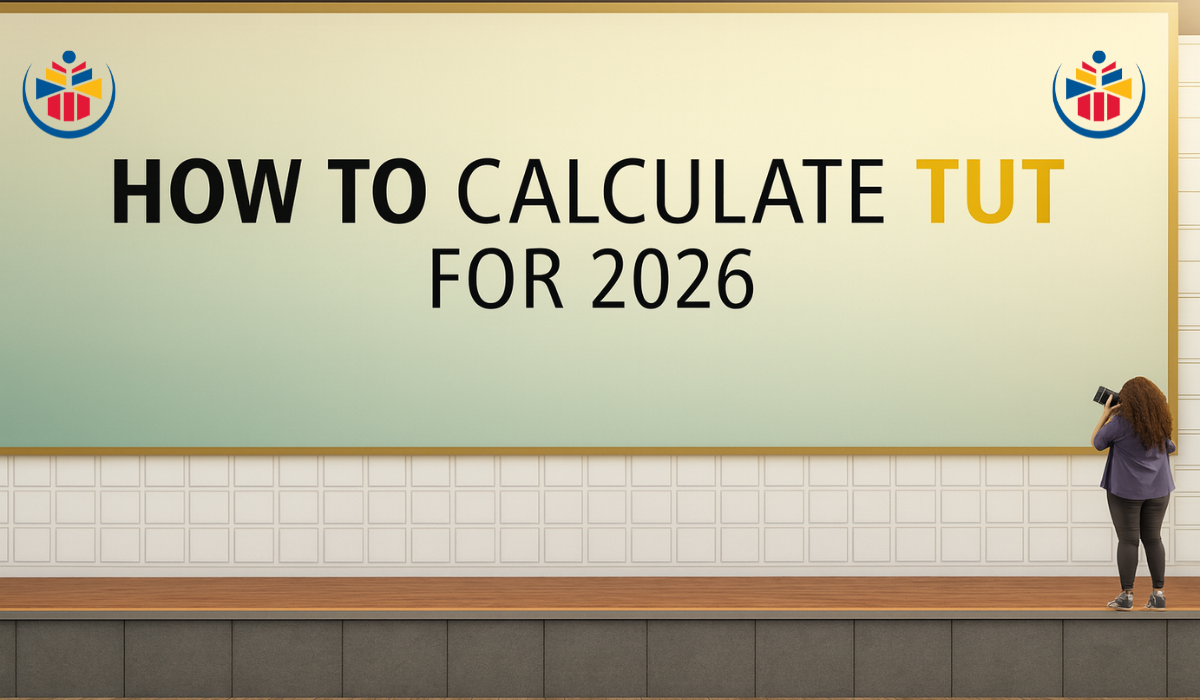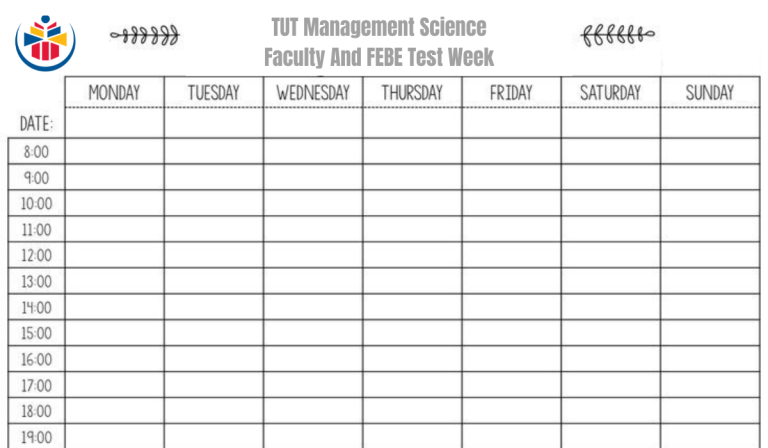How to Calculate TUT APS for 2026

How to Calculate TUT APS for 2026. If you’re planning to apply to the Tshwane University of Technology (TUT) for the 2026 academic year, one of the most critical factors in your application is your Admission Point Score (APS). This score determines your eligibility for specific courses and plays a major role in the admission process.
In this comprehensive guide, we will explain what APS is, how to calculate it correctly for TUT, and why it’s important. Whether you’re pursuing a diploma, degree, or certificate qualification, understanding how to calculate your APS will give you an edge in your university application.
What is APS (Admission Point Score)?
The Admission Point Score (APS) is a system used by most South African universities to assess prospective students’ academic performance in their Grade 12 (Matric) final examinations. Each subject is assigned a point value based on the percentage achieved. The sum of these points gives you your total APS.
Universities like TUT then compare this total with the minimum APS requirement for the course you wish to study. If your APS meets or exceeds this threshold, you may qualify for that programme.
Why is APS Important for TUT Admissions?
Your APS determines your eligibility for admission into a specific course at Tshwane University of Technology. Different programmes require different APS scores depending on:
- The academic demands of the course
- The popularity of the programme
- Additional subject requirements, like Mathematics or English proficiency
For example:
- An Engineering course might require a minimum APS of 28 or more
- A Public Management course may require an APS of around 20–22
Therefore, calculating your APS accurately will help you:
- Identify courses you are eligible for
- Understand which subjects may need improvement
- Avoid applying for programmes where you don’t meet the minimum APS requirement
How to Calculate TUT APS for 2026
To calculate your TUT APS for 2026, you need to use the final results from your NSC (National Senior Certificate) or IEB (Independent Examinations Board). TUT calculates APS based on the best six subjects, excluding Life Orientation.
Each subject’s percentage corresponds to a specific level and point, as shown in the table below:
TUT APS Points Calculation
| Achievement Level | Description | Percentage Range | APS Points |
|---|---|---|---|
| 7 | Outstanding achievement | 80% – 100% | 7 |
| 6 | Meritorious achievement | 70% – 79% | 6 |
| 5 | Substantial achievement | 60% – 69% | 5 |
| 4 | Adequate achievement | 50% – 59% | 4 |
| 3 | Moderate achievement | 40% – 49% | 3 |
| 2 | Elementary achievement | 30% – 39% | 2 |
| 1 | Not achieved | 0% – 29% | 0 |
Example Calculation
Let’s say a learner obtained the following subject results:
| Subject | Percentage | APS Points |
|---|---|---|
| English Home Language | 70% | 6 |
| Afrikaans First Add. Lang | 65% | 5 |
| Mathematics | 58% | 4 |
| Physical Sciences | 62% | 5 |
| Life Sciences | 72% | 6 |
| Geography | 80% | 7 |
| Life Orientation | 85% | Not Counted |
Total APS = 6 + 5 + 4 + 5 + 6 + 7 = 33
In this case, the learner’s TUT APS for 2026 would be 33.
Key Guidelines When Calculating APS
Here are 5 important tips to keep in mind:
- Use Only Your Best Six Subjects
Even if you wrote more than six subjects, only your top six results (excluding Life Orientation) should be used. - Exclude Life Orientation
Life Orientation does not count in TUT’s APS calculation no matter how high your mark is. - Ignore Level 1 Scores
A subject with Level 1 (0 points) is not counted. If you only have five valid subjects with scores above Level 1, your APS will be calculated from those five. - Include Required Subjects
Some courses may require that specific subjects like Mathematics, Physical Science, or English be part of your APS calculation. - Meet Minimum Requirements
Each course at TUT has a minimum APS requirement. Check the TUT Prospectus 2026 or course page to find the specific score for your programme.
What If Your APS Is Too Low?
If your calculated APS does not meet the minimum requirement for your preferred course, don’t panic — you still have several options:
1. Choose a Different Course
Look for alternative programmes with lower APS requirements such as Higher Certificate qualifications.
2. Do a Bridging or Foundation Course
TUT Extended Curriculum Programmes (ECPs) offer bridging courses to help you qualify for mainstream degree or diploma studies after one year of foundational learning.
3. Rewrite Subjects
Improve your APS by upgrading your Matric results. You can rewrite subjects through the Second Chance Matric Programme or a registered FET centre.
4. Apply for a Learnership or TVET College
A TVET College qualification or learnership can help you gain practical skills and improve your academic profile for future university applications.
Distance Learning and APS Calculation
If you’re applying for distance learning programmes, the same APS calculation applies. However, many distance learning courses are less competitive, which may mean lower APS thresholds for entry.
Always check the specific APS requirement listed on the TUT distance learning course page before applying.
Conclusion
Understanding how to calculate your TUT APS for 2026 is a vital step in your university application process. With your APS in hand, you can: Choose the right course based on your performance. Understand where you may need to improve. Avoid disappointment by applying for courses that match your current qualifications







